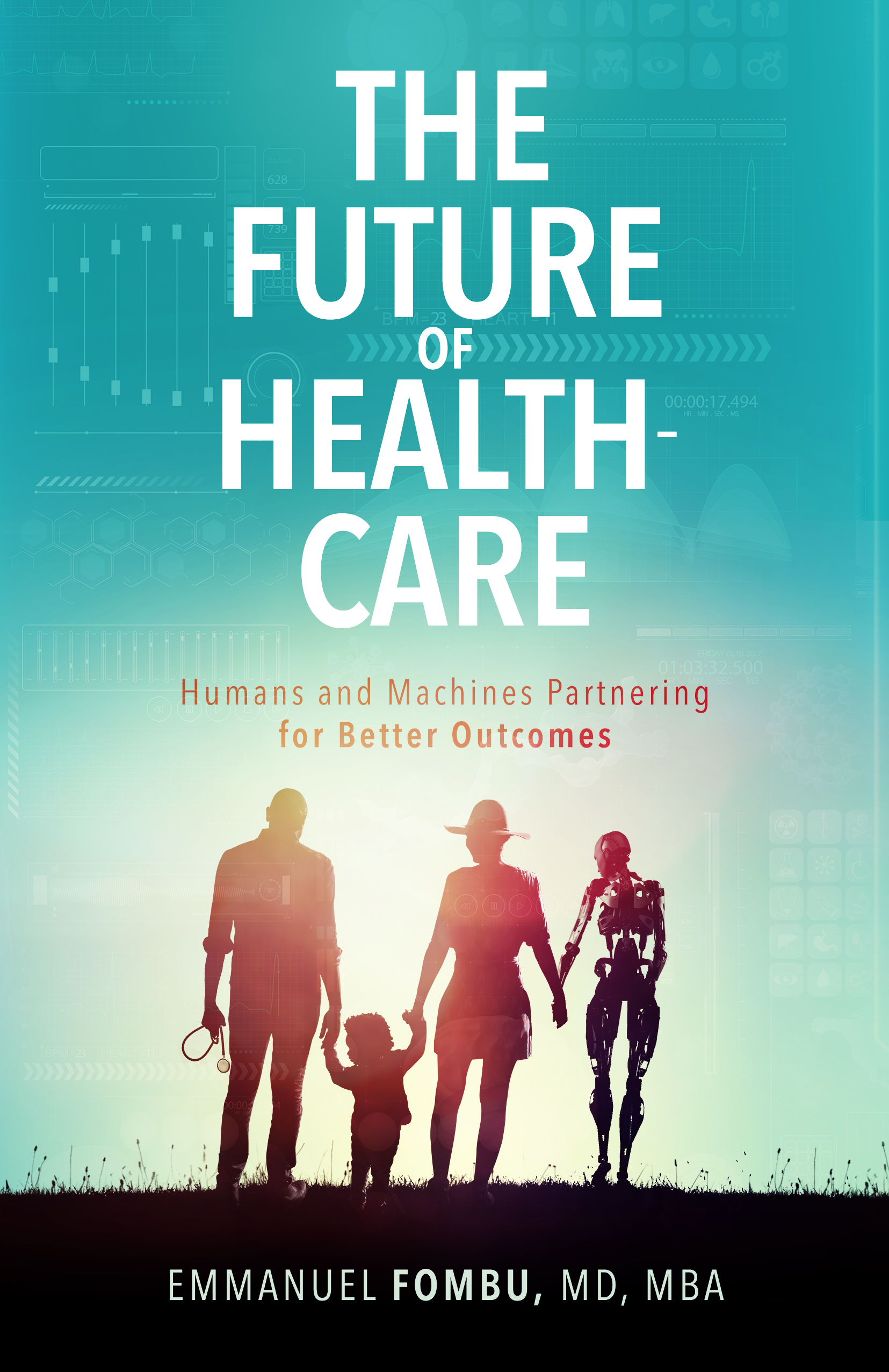Democratizing Data During the Patient Health Data Revolution
“I believe in the power of shared data and technology to help build a better future.”
— Paul Allen
“GIVING PATIENTS ACCESS to their medical data offers an advantageous realignment of the doctor-patient dynamic,” explains Verdict Medical Devices in a blog post on the democratization of healthcare. “But with the benefits come complications, and progress towards digital health goals varies wildly.”
The thorny issue of data ownership in the healthcare industry is one that we’ve been debating for several years now, and we’re seemingly no closer to a solution. “When I started in practice,” explains Charles Alessi, chief clinical officer at healthcare IT non-profit HIMSS International, “it was at a time when primary care was getting its first PCs. We’d look at [the machines] and wonder how to make best use of [them]. Information was once something that was really only the responsibility of a chief technology officer or chief information officer within an organization. Now, information is the lifeblood of health and care, and in many respects it’s impossible to actually deliver health and care to an individual or population without using digital methods.”
Chief technology officers and chief information officers are still needed, of course, but their responsibilities have changed to more of an advisory role. When sensitive data is being handled across the entire breadth of a company, no employee can take single-handed responsibility. Instead, CTOs and CIOs need to establish protocols and processes for the rest of the company to follow. They also need to be responsible for cybersecurity and for keeping an eye on new trends and emerging technologies.
Alessi echoes my own thoughts on the need for control of healthcare data to pass out of the hands of industry gatekeepers and over to the patients. “Giving the individual access to their own information empowers them,” Alessi explains. “The moment they’re empowered, health and care changes. And once you have someone who’s engaged and involved, it’s a completely different conversation, and also potentially a completely different outcome, to the benefit of the individual.”
The idea is that breaking down these barriers will incentivize patients to take greater interest in their own healthcare. “Physicians will always be needed to contextualize and interpret information,” Verdict explains. “But giving a patient access will help make them an active contributor to a shared care plan, rather than a passive participant who is simply expected to follow instructions.”
I’d like to end this section with one last quote from Charles Alessi because it perfectly illustrates my vision of the future of healthcare and the importance of giving patients greater control over their data. “If you were a patient with type 2 diabetes,” he says, “and I was a physician and I kept on talking to you about the importance of managing your HbA1c, or some other medical parameter, that conversation is often quite a difficult one. Firstly, you don’t quite understand why this index is important, and secondly, you need to contextualize it. Gaining access to your own information enables you to detect trends. It enables you to see the changes you’re making, and to maintain a connection with your health and care.”
Patient Health Data Evolution and Revolution
When I was working on my latest book, I was fortunate enough to come across an infographic by Craig Lipset and Bray Patrick-Lake on the evolution and revolution of patient health data over the last ten years or so. I loved it so much that I’d like to break it down for you here.
2010: Blue button launched for CMS and VA data return. Meaningful Use Stage 1 provides patients EHR data access.
2011: First monetary penalty by OCR provider for failing to respond to right of access.
2012: Blue Button at VA reaches one million registered users. Aetna launches Blue Button for 36 million people.
2013: HHS ONC launches Blue Button+. United Health launches Blue Button for 26 million people.
2014: HL7 publishes FHIR draft standard.
2015: NPWF launches GetMyHealthData. Precision Medicine Initiative announced.
2016: EU GDPR adoption. NIH and ONC launch Sync for Science.
2018: Apple launches iOS 11.3 Health Records beta. Facebook/Cambridge Analytica scandal. EU GDPR implementation. NIH’s All of Us Research Program launches. US HHS launches MyHealthEData and Blue Button 2.0 California Consumer Privacy Act signed to law.
2019: “Interoperability and Patient Access” rule proposed by CMS. Multiple state hearings on Health Information Property acts. California Governor calls for “Digital Dividend”. Ontario privacy commissioner investigates medical record sales. WSJ report on apps sharing data with Facebook without consumer knowledge.
Want to learn more?
I talk more about new technologies and their impact on the healthcare industry in my book, The Future of Healthcare: Humans and Machines Partnering for Better Outcomes. Click here to buy yourself a copy.


